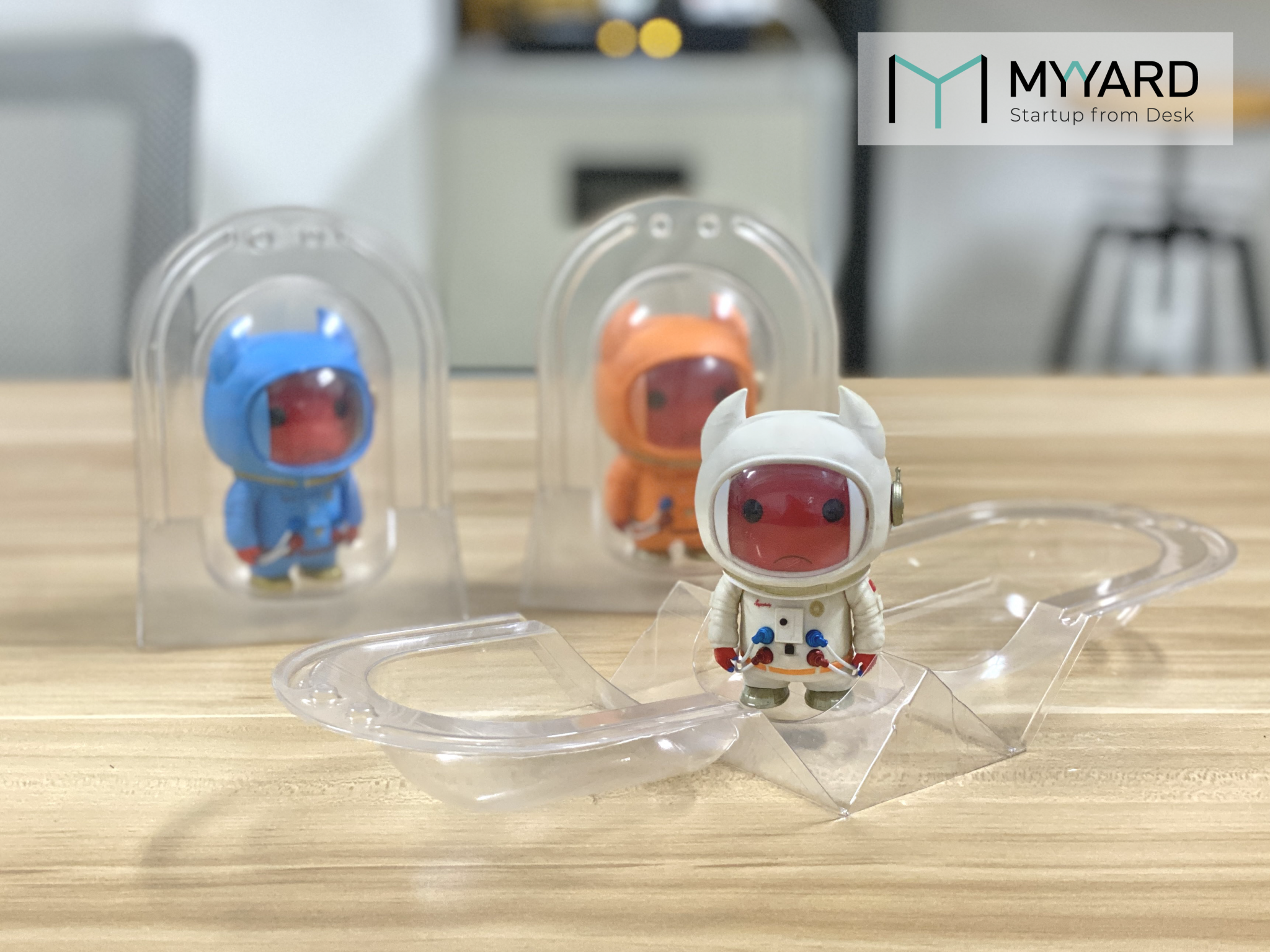How to make tri-fold clamshell blister packaging with a vacuum former
- Posted on
- Posted in Packaging

Learn how to make tri-fold clamshell blister packaging with a vacuum former to showcase your products.
A vacuum former can be a great tool when you are designing packaging, whether it is creating and testing prototypes or small-scale production.
Clamshell blisters are a very common type of packaging, but they can be tricky to get right due to their geometry. You need to have the correct moulds, folding shape, and the blister clips also need to be tested and adapted to get the best fit when the packaging is closed. Vacuum forming can help you quickly create prototypes and iterate on your design, allowing you to get the best packaging for your product.
In this video you can see how we first made tri-fold clamshell blister moulds with a 3D printer, before using those moulds to vacuum form the packaging.
Files
Machines
- 3D printer
- MY YARD vacuum former
- Nuts and bolts
- 6 mm hole puncher
- Heat gun
Materials
Instructions
- Download the STL files and print them with your 3D printer.
- Connect the two parts of the mould by screwing in the nuts and bolts. Make sure the two halves are connected tightly.
- Place the assembled mould on your vacuum former.
- Insert the 0.5 mm PET sheet into the machine and set the forming settings to 3.0 mm (yes, three millimetre) PET to extend the forming time.
- Drag your PET sheet down over the mould to create the shape. During the vacuum forming process you can use a heat gun over the shape to improve the detail of the closing clips.
- Cut the blister packaging out of the sheet. Please note that you will sometimes need to cut all the way to the edge of the formed shape, while in the middle, bottom part you will need to leave some room.
- Punch holes for the connection clips.
- Place your product inside and fold the packaging to close it.




